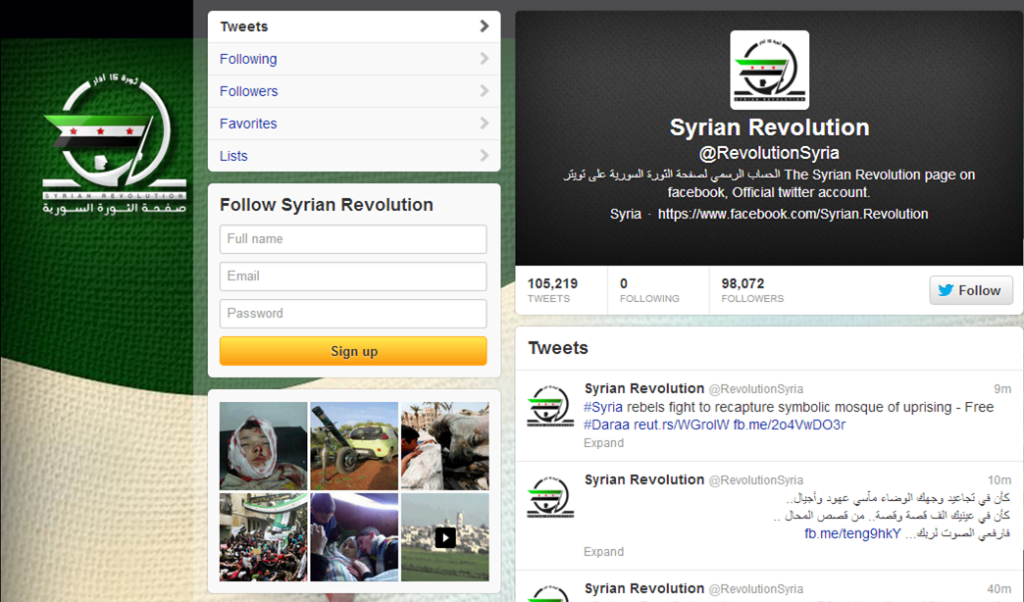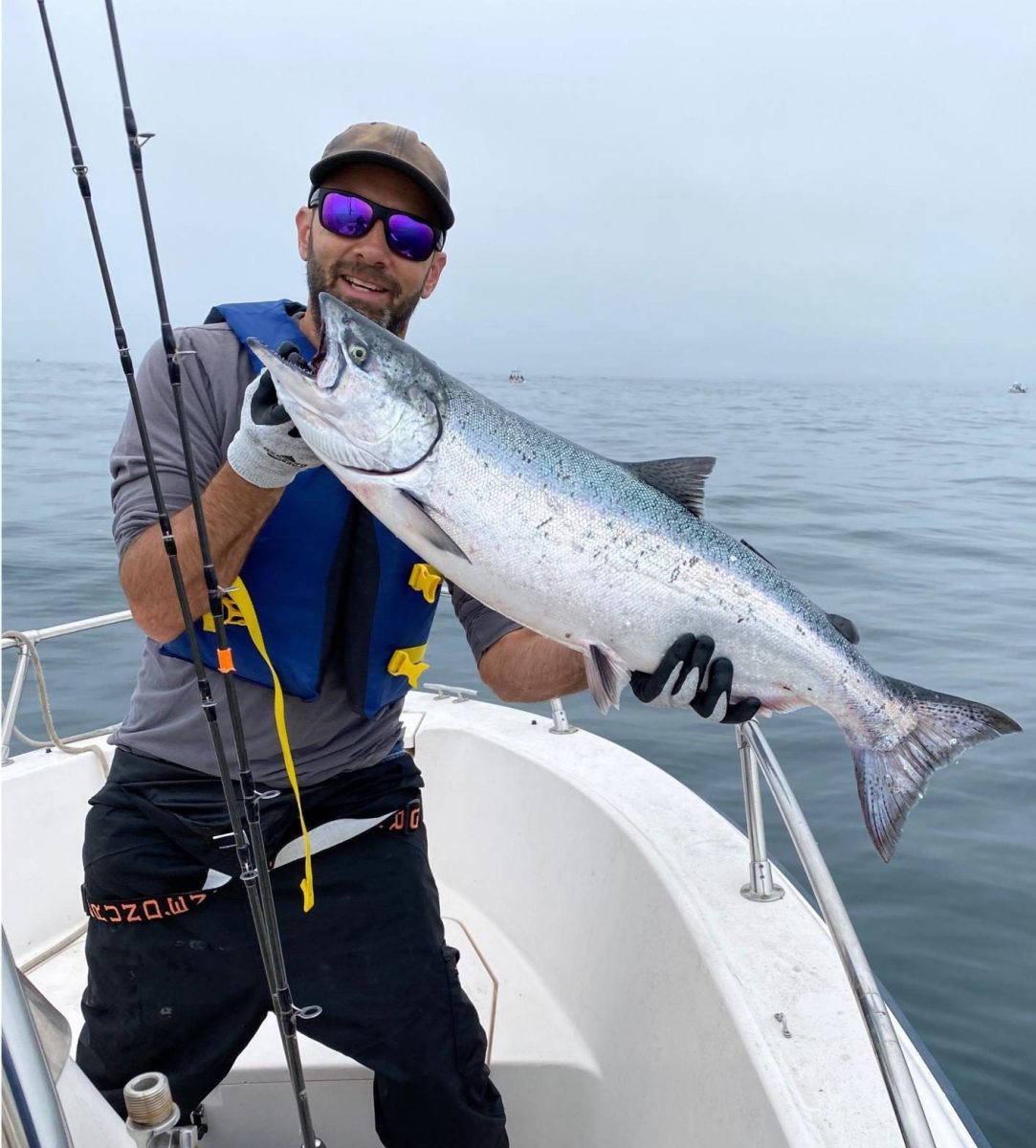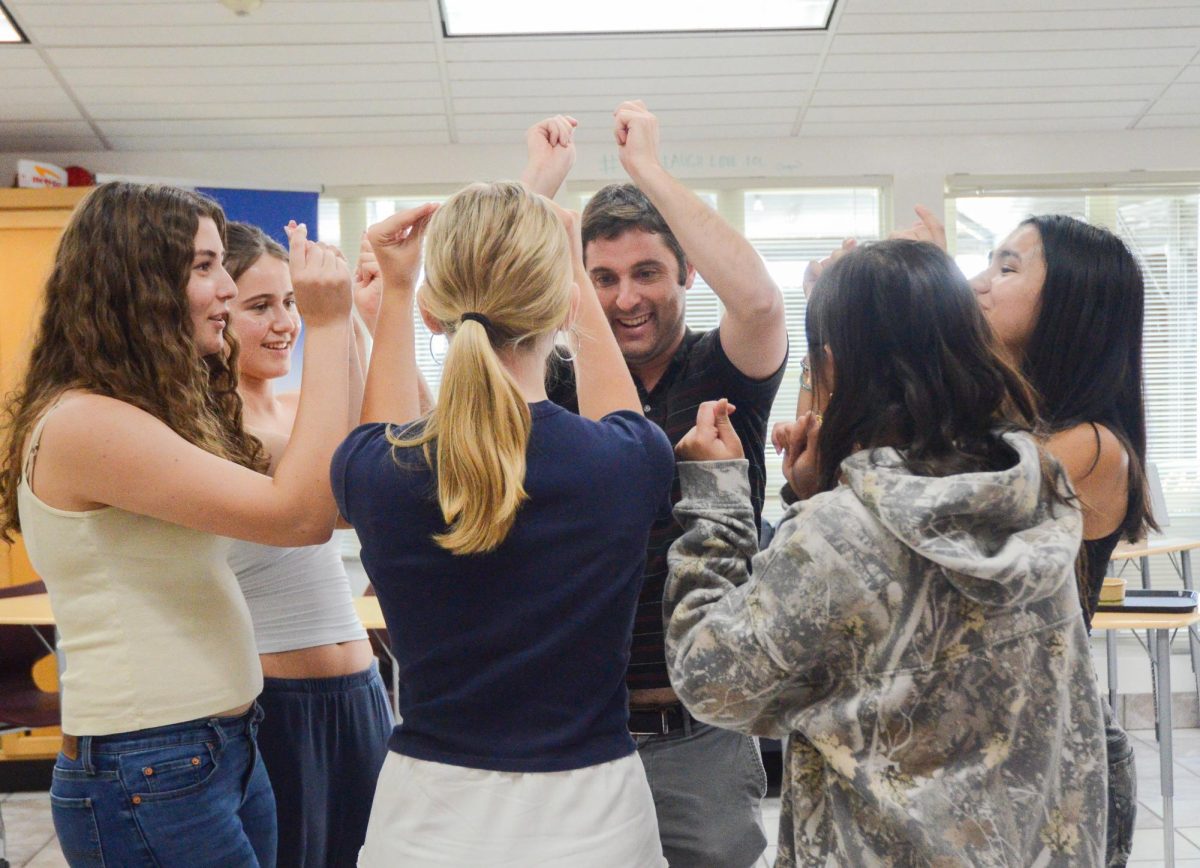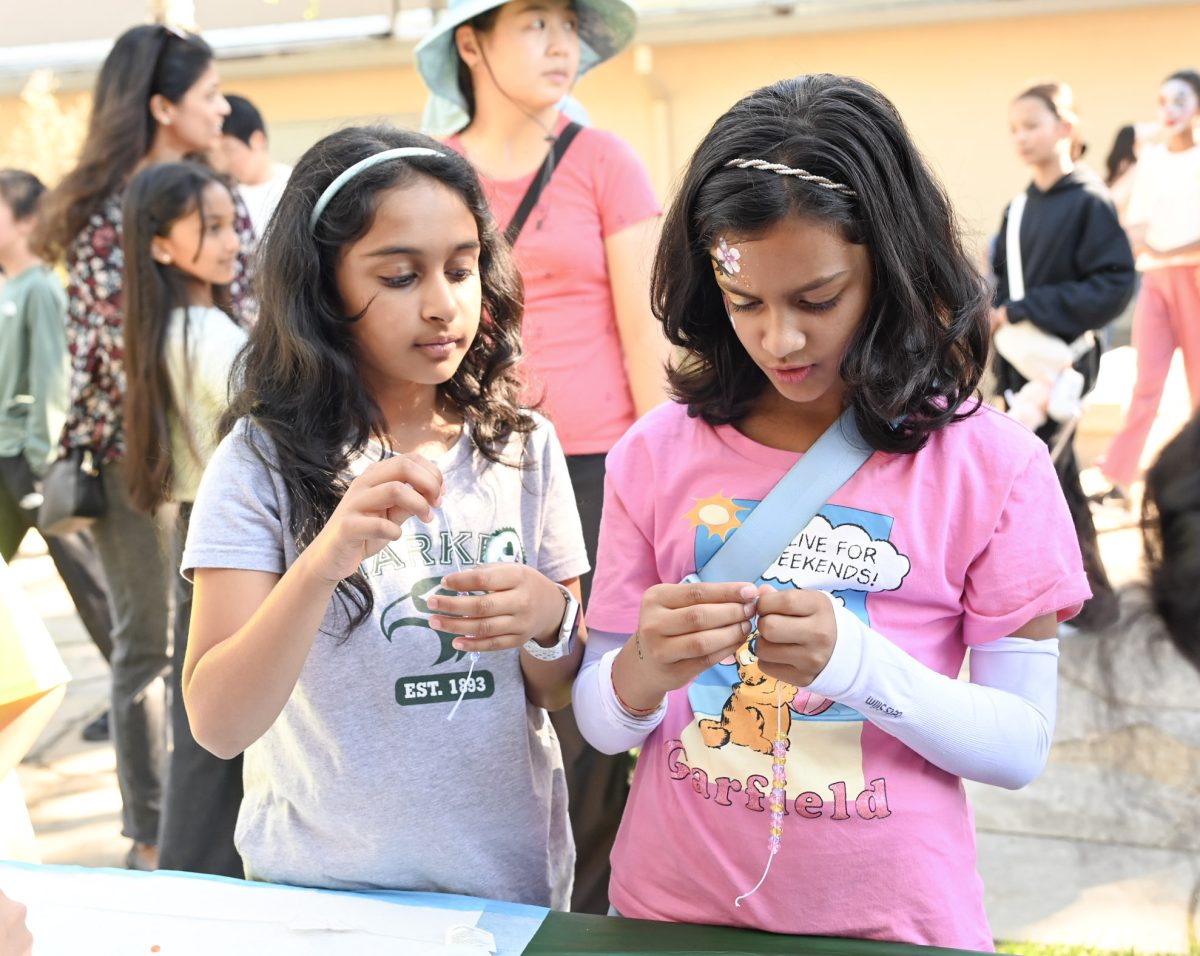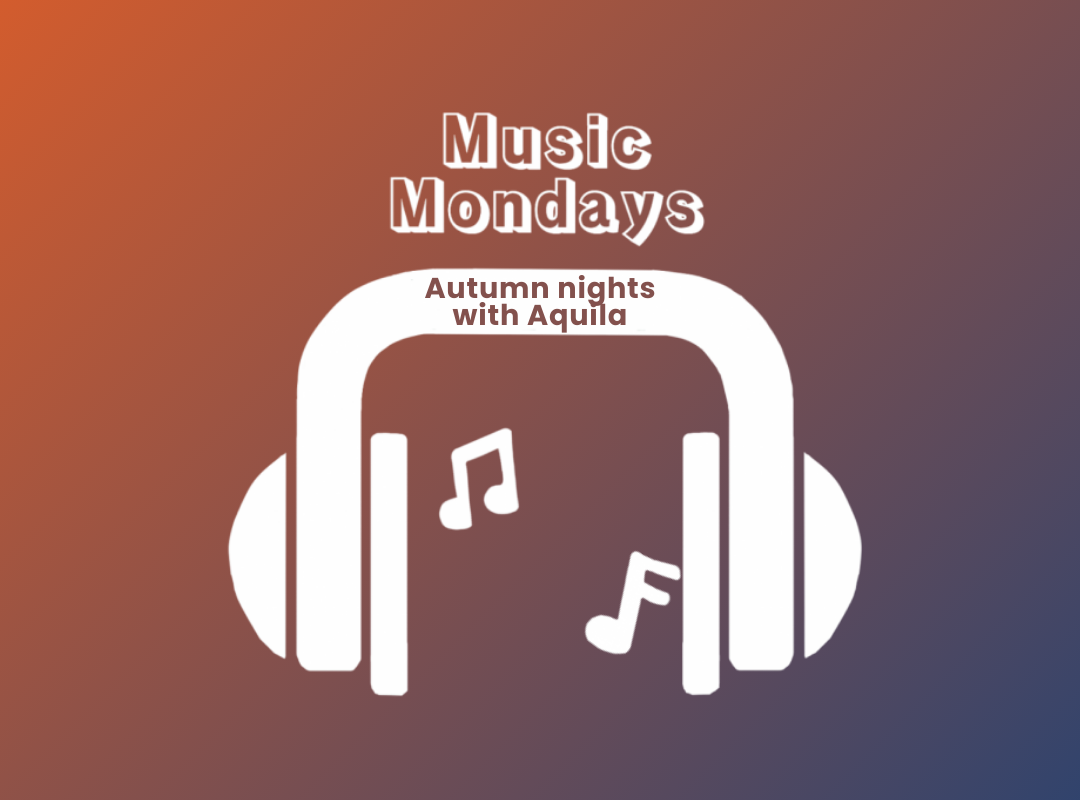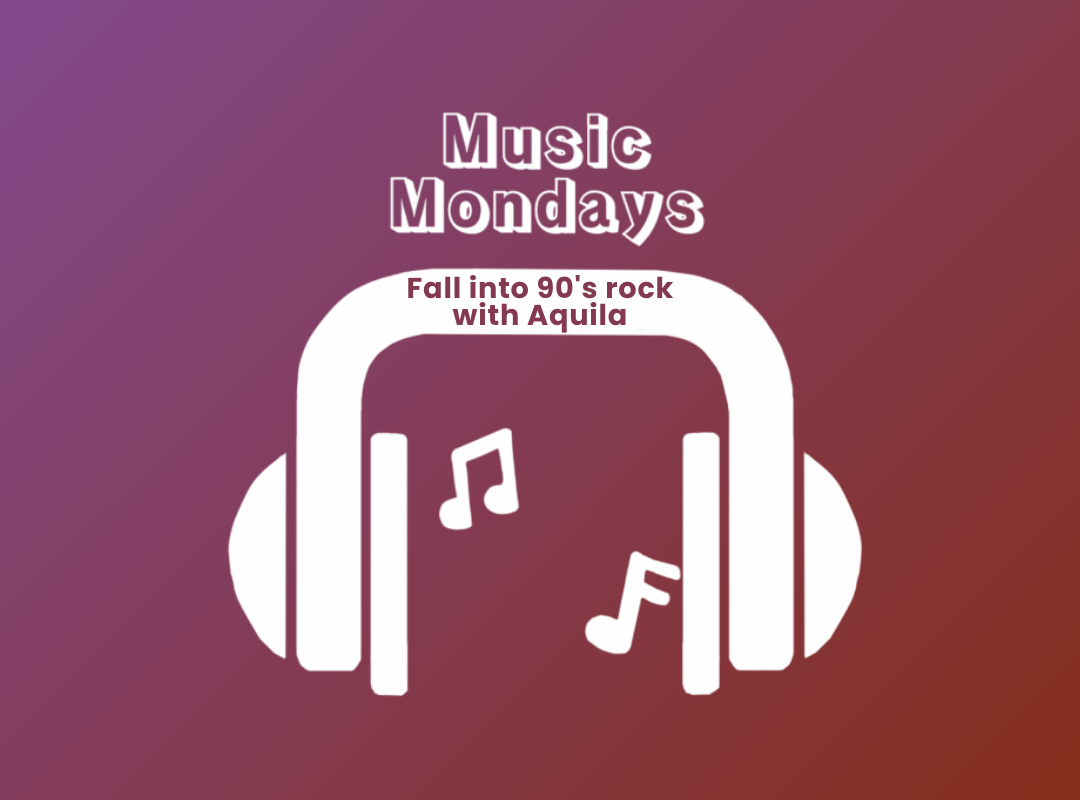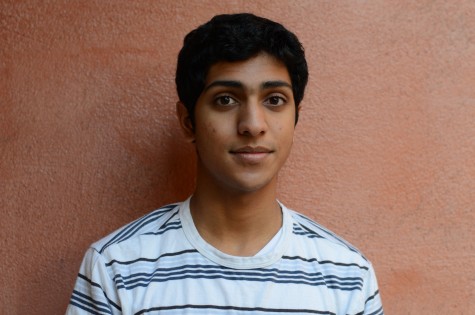“I have a Facebook and Instagram and a Twitter and a Tumblr,” Aathira Menon (9) said, laughing midway through her sentence. “I don’t know if there are any others.”
Social media-savvy students like Aathira are common on the Upper School campus with explosive popularity of networks such as Facebook, Twitter, and Instagram. In the few decades of its existence, however, social media has had a variety of applications further than simply a communication tool.
According to a study done by Nielson Holdings in July of 2012, about 171.8 million people use social media in America alone, a staggering 56 percent of the total US population. Social media has several benefits, such as allowing friends separated by long distances to stay in touch.
“I use Facebook. It’s a good way for people to stay connected,” Kevin Moss (11) said. “For example, when I was in the fourth grade I lived in South America for a year, and that’s how I stay in touch with a lot of my friends down there. That’s one of the good things about Facebook, that it’s international. ”
To communicate with friends, Kevin prefers Facebook to email because it allows him to see pictures and read text more easily.
In addition to providing a way for friends to chat and post photos, social networks have helped raise awareness and fundraise for charities. In 2009, 97 percent of charities used a form of social media, according to a study by the University of Massachusetts. Charities such as the Salvation Army and the American Cancer Society have garnered hundreds of thousands of “likes” through Facebook and multitudes of followers on Twitter through the outreach of social media.
In a more dramatic example of the power of social media, bloggers and social media users tweeted and posted on Facebook to send updates during the Egyptian rebellion against Hosni Mubarak in 2011. This social media campaign prompted Egypt’s Internet blackout, during which Internet service providers throughout Egypt were shut down for five days.
The same outreach of social media that can help charities or spark protests can also be used in cyberbullying and blackmail.
In 2012, Amanda Todd, a high school student at Port Coquitlam, British Columbia committed suicide after repeated occurrences of bullying through Facebook. She was harassed by strangers over photos she posted on Facebook, and although she transferred schools multiple times, images of her continued to propagate online due to social media.
The Cyberbullying Research Center averaged eight individual studies and found that 23.9 percent of participants had been cyber-bullied at some point in their lives.
Some Upper School students, however, believe the benefits outweigh the disadvantages of social media.
“It’s really good at spreading awareness, so people can learn about important causes such as charities,” Divya Periyakoil (9) said. “It’s up to a person’s own discretion to know whether to use it for good things or bad things, but I think that in general people who are going to use it for good things shouldn’t be deprived of it because of people who do bad things.”
The scope of social media is a tool that has the power to create significant changes. Its effects can be good or ill depending on the user’s intentions.


















![“[Building nerf blasters] became this outlet of creativity for me that hasn't been matched by anything else. The process [of] making a build complete to your desire is such a painstakingly difficult process, but I've had to learn from [the skills needed from] soldering to proper painting. There's so many different options for everything, if you think about it, it exists. The best part is [that] if it doesn't exist, you can build it yourself," Ishaan Parate said.](https://harkeraquila.com/wp-content/uploads/2022/08/DSC_8149-900x604.jpg)




![“When I came into high school, I was ready to be a follower. But DECA was a game changer for me. It helped me overcome my fear of public speaking, and it's played such a major role in who I've become today. To be able to successfully lead a chapter of 150 students, an officer team and be one of the upperclassmen I once really admired is something I'm [really] proud of,” Anvitha Tummala ('21) said.](https://harkeraquila.com/wp-content/uploads/2021/07/Screen-Shot-2021-07-25-at-9.50.05-AM-900x594.png)







![“I think getting up in the morning and having a sense of purpose [is exciting]. I think without a certain amount of drive, life is kind of obsolete and mundane, and I think having that every single day is what makes each day unique and kind of makes life exciting,” Neymika Jain (12) said.](https://harkeraquila.com/wp-content/uploads/2017/06/Screen-Shot-2017-06-03-at-4.54.16-PM.png)








![“My slogan is ‘slow feet, don’t eat, and I’m hungry.’ You need to run fast to get where you are–you aren't going to get those championships if you aren't fast,” Angel Cervantes (12) said. “I want to do well in school on my tests and in track and win championships for my team. I live by that, [and] I can do that anywhere: in the classroom or on the field.”](https://harkeraquila.com/wp-content/uploads/2018/06/DSC5146-900x601.jpg)
![“[Volleyball has] taught me how to fall correctly, and another thing it taught is that you don’t have to be the best at something to be good at it. If you just hit the ball in a smart way, then it still scores points and you’re good at it. You could be a background player and still make a much bigger impact on the team than you would think,” Anya Gert (’20) said.](https://harkeraquila.com/wp-content/uploads/2020/06/AnnaGert_JinTuan_HoHPhotoEdited-600x900.jpeg)

![“I'm not nearly there yet, but [my confidence has] definitely been getting better since I was pretty shy and timid coming into Harker my freshman year. I know that there's a lot of people that are really confident in what they do, and I really admire them. Everyone's so driven and that has really pushed me to kind of try to find my own place in high school and be more confident,” Alyssa Huang (’20) said.](https://harkeraquila.com/wp-content/uploads/2020/06/AlyssaHuang_EmilyChen_HoHPhoto-900x749.jpeg)



